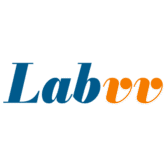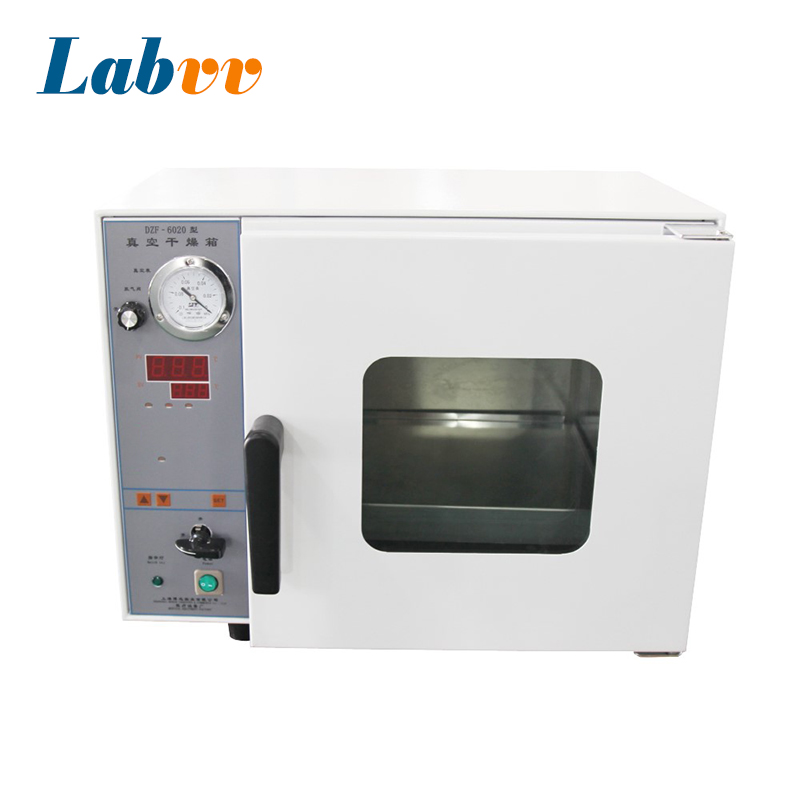What Is a Drying Oven?
A drying oven is an essential laboratory and industrial device used to remove moisture from samples and materials under controlled conditions. By providing a stable and adjustable heating environment, drying ovens are indispensable in scientific research, manufacturing, and quality assurance, where sample integrity must be maintained.
How Does a Drying Oven Work?
The drying oven works on the principle of heat transfer and moisture evaporation. When a sample is exposed to elevated temperatures, moisture within the material is vaporized and then removed from the chamber. Different oven designs achieve this using various methods:
- Natural Convection Ovens: Rely on natural airflow for heat circulation. They are cost-effective but provide slower and less uniform drying.
- Forced Convection Ovens: Utilize fans to circulate hot air, offering faster and more even heat distribution.
- Vacuum Drying Ovens: Operate under reduced pressure, which lowers the boiling point of liquids and enables drying at significantly lower temperatures. This makes them ideal for sensitive, heat-labile, or oxidizable samples.
Types of Drying Ovens
- Hot Air Drying Oven – Uses heated air circulation for general-purpose drying, sterilization, and testing.
- Vacuum Drying Oven – Ensures efficient drying at lower temperatures by reducing chamber pressure; widely used for sensitive samples.
- Infrared Drying Oven – Employs infrared radiation to rapidly dry surface moisture.
- Microwave Drying Oven – Applies microwave energy for accelerated drying, commonly used in industrial settings.
Applications of Drying Ovens
Drying ovens are versatile and find applications in many industries and scientific fields:
- Pharmaceuticals: Drying powders, formulations, and intermediates.
- Biochemistry: Preserving delicate biological materials.
- Agricultural Science: Drying seeds, plants, and extracts.
- Environmental Studies: Preparing soil or environmental samples for analysis.
- Engineering & Electronics: Removing moisture from cleaned components and assemblies.
Spotlight: Labvv DZF-6020MBE Vacuum Drying Oven
The Labvv DZF-6020MBE Vacuum Drying Oven is specifically engineered for laboratory environments that demand precision, reliability, and safety in drying processes.
Key Features:
- Capacity: 25L chamber for laboratory-scale use.
- Temperature Range: Room temperature +5°C to 250°C, with ±1°C fluctuation for high accuracy.
- Vacuum Performance: Achieves 133Pa, allowing sensitive materials to be dried at lower temperatures.
- Control System: Microcomputer-based, with timer, over-temperature alarms, and memory recovery after power failure.
- Construction: Stainless steel interior and cold-rolled steel exterior with electrostatic spray coating.
- Safety Design: Double-layer tempered glass door, silicone sealing, and robust insulation.
Advantages:
- Preserves Heat-Sensitive Materials: Perfect for compounds that degrade or oxidize easily.
- Efficient and Safe: Vacuum conditions eliminate oxidation risks and prevent thermal explosions.
- User-Friendly: Digital dual-display, touch controls, and adjustable shelves for convenience.
Suitable Laboratory Types:
The Labvv DZF-6020MBE is highly versatile and well-suited for:
- Biochemistry Laboratories – For drying enzymes, proteins, and delicate biomolecules.
- Pharmaceutical Laboratories – For processing powders, active ingredients, and drug formulations.
- Agricultural Research Labs – For drying seeds, plant extracts, and agricultural samples.
- Environmental Testing Laboratories – For analyzing soil, sediment, or pollutant samples.
- Chemical Research Laboratories – For drying heat-sensitive or reactive compounds.
Conclusion
Drying ovens are indispensable across scientific and industrial fields. Among them, the Labvv DZF-6020MBE Vacuum Drying Oven stands out as a dependable tool, offering precise temperature control, advanced vacuum technology, and versatile applications. Suitable for a wide range of laboratories, it ensures efficient, safe, and reliable drying of sensitive materials, making it an excellent choice for modern research environments.

